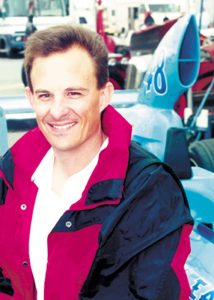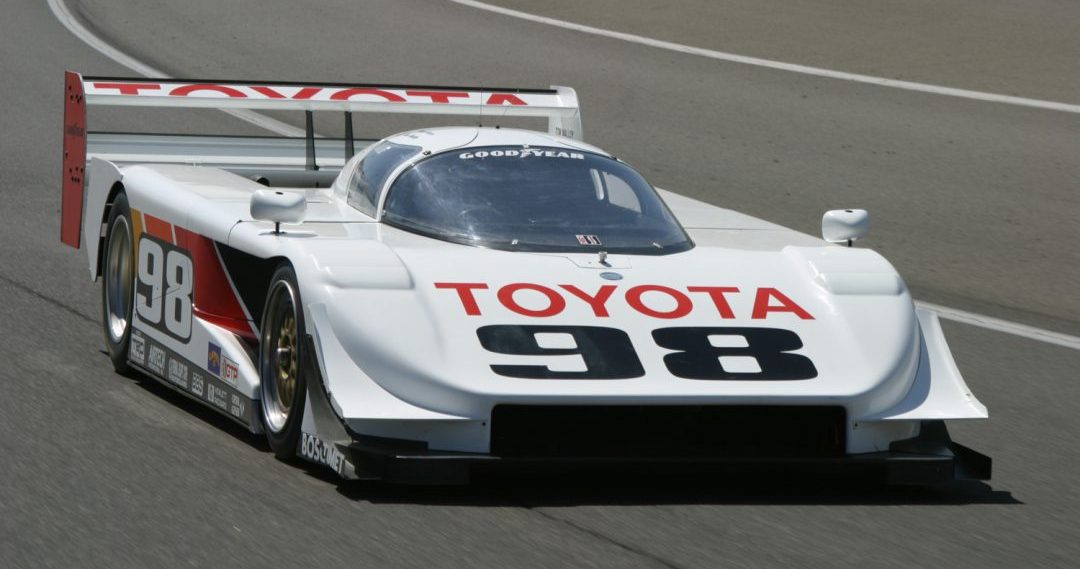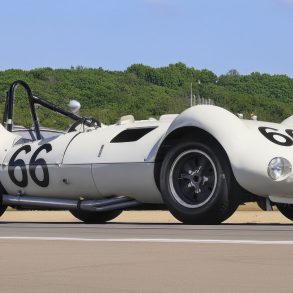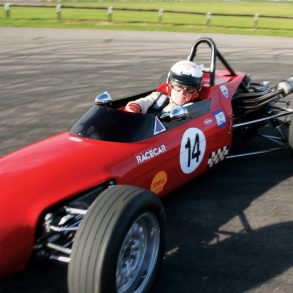As we’ve become familiar with, over the past two decades, the concept of ground effects—that is managing the airflow underneath a speeding racecar to generate more downforce and grip—was arguably one of the most revolutionary innovations in motorsport. In its earliest form, it manifested itself as a snowmobile engine in the back of the 1970 Chaparral 2J Can-Am car, literally sucking the air from beneath the car. The resultant increase in cornering speed was so staggering, that the car was soon banned.
The concept returned to being just that, a concept, until the late ’70s when Colin Chapman opted to try and generate the same low-pressure “suction” under his Lotus 78, by making wing-shaped sidepods that sealed the underside of the car by virtue of sliding skirts. While the results were not quite as dramatic as those experienced with the Chaparral, it did give the Lotus a clear advantage, which enabled the team to claim the 1979 World Championship. As with most brilliant breakthroughs, Chapman’s solution was so simple and elegant that within a year every Formula One car on the grid had, or was developing, some form of ground effects car.

Editor
As can be expected, with each successive season, the technology of ground effects became more and more refined, and cornering speeds increased to unprecedented levels. With these increases came the dark side of ground effects—the faster a car went, the more downforce it created, which in turn enabled it to corner even faster. However, if anything disrupted the seal of the underside of the car with the track—i.e., a skirt failure, a puncture, or an extreme change in the attitude of the car— the underside seal was broken and ALL ground effect-generated downforce was immediately lost. With increasing speeds, these catastrophic failures became more common and carried with them ever more serious consequences for the drivers.
Eventually, the demon needed to be reigned in, and by 1982, sliding skirts were outlawed and soon thereafter cars were required to have “flat bottoms” so that no one could harness the incredible power of the airflow underneath a Formula One car. Of course, the technique continued to be used for many more years in Indy cars and Group C/GTP cars, which brings me to the point of my little historical detour.
A month or so ago, I was given an opportunity that truly opened my eyes to the challenges and potential of driving a full-blooded, ground effect car. As you’ll read in a future issue of VR, I was given a chance to test drive the only Toyota Eagle GTP car in private hands, on the banking and infield road course at California Speedway. I’ll save the details for an upcoming “Racecar Profile,” but what was astonishing to me was the incredible cornering speeds possible and the equally incredible dangers that they create. The Toyota has massive tunnels underneath, which can generate huge amounts of downforce at high speed. On California Speedway’s banked oval, I was amazed at how solid and planted the car felt. In looking at the telemetry after my session (yes, being an early ’90s era car, it has full on-board data acquisition), I was flabbergasted to learn that I had been doing 155 mph on the banking, and I was soft-pedaling it…in only fourth gear!!
While I have been very fortunate to have driven a wide variety of racecars—Can-Am, F1, F5000, Endurance racers, etc.—this was, for me, one of the first cars that I have ever walked away from feeling that I couldn’t drive it both quickly and safely. The scary truth here is that the car is all too easy to drive quickly, up to a point. The issue is that past that point, the car still has tremendous potential, but potentially egregious consequences for any errors. I realized as I drove home from my brief test session, that I would literally have to drive this car for years to even come close to safely tapping the car’s potential. Even with that said, these types of ground effect cars have claimed the lives of many professional drivers, most recently that of our good friend Bob Akin. If someone with the pedigree and skills of Bob Akin can be killed by a machine like this, who am I to think that I could ever really get my arms around one of these things?
As I mentioned earlier, driving this car was a fantastic experience, but I really came away wondering if any of us “amateurs” are really qualified to race these creatures?










